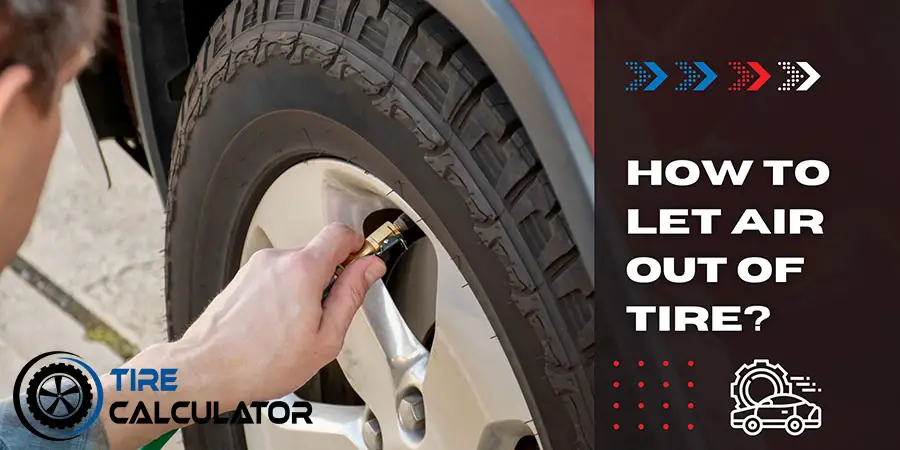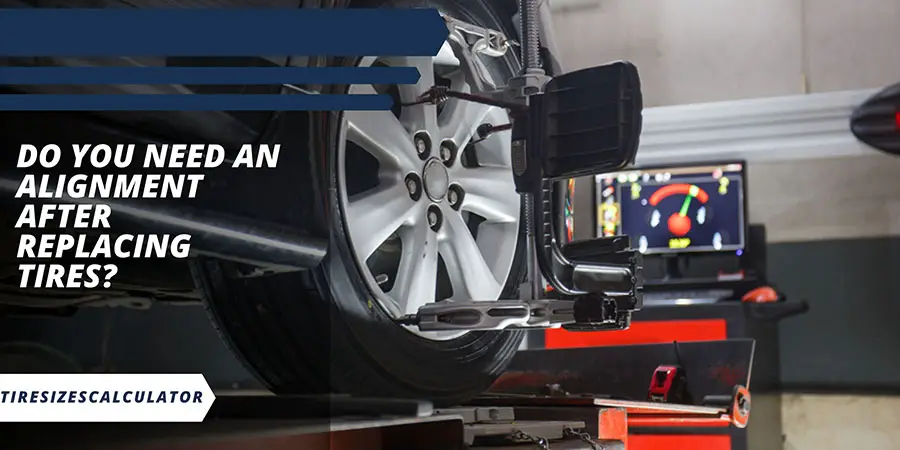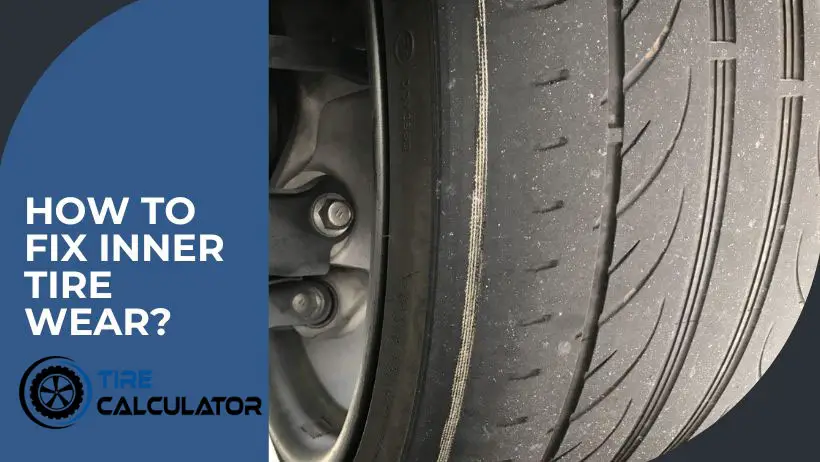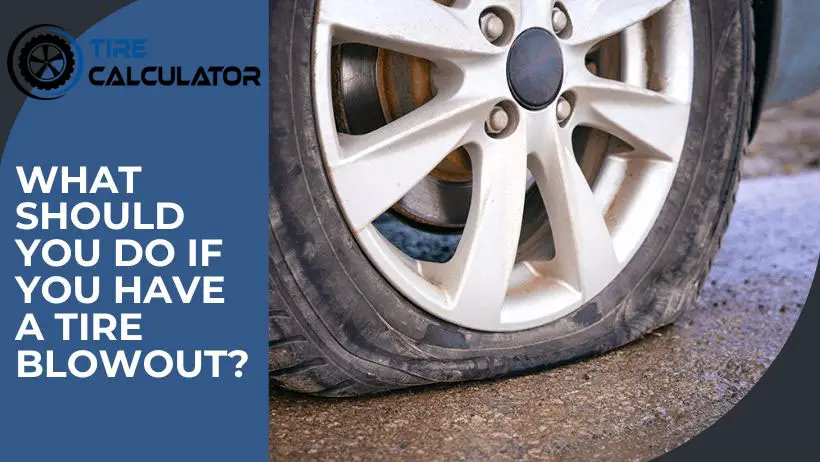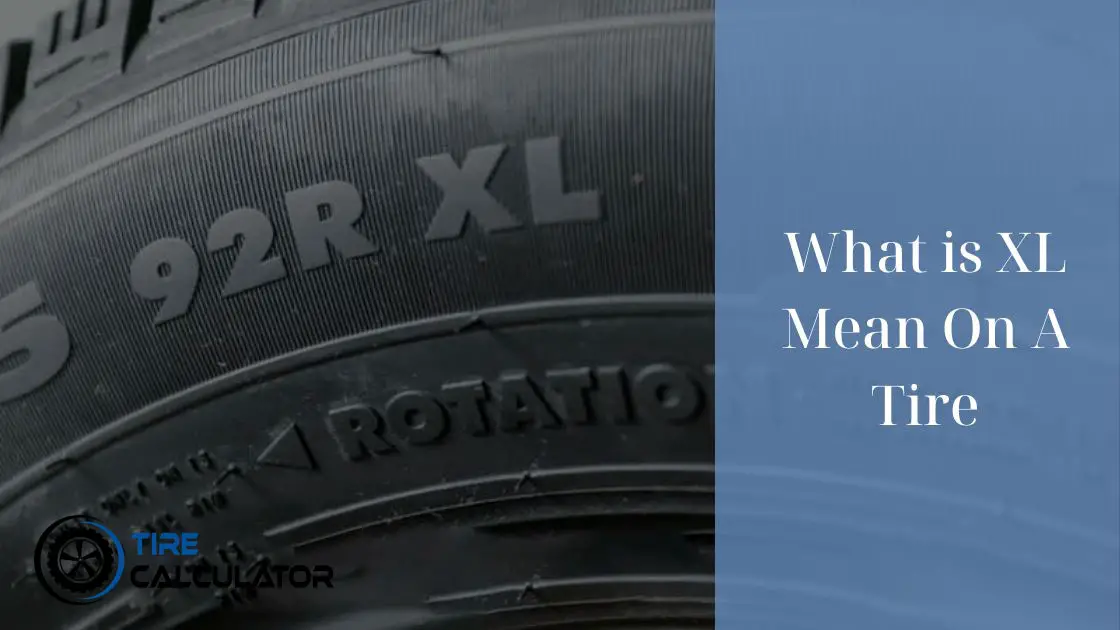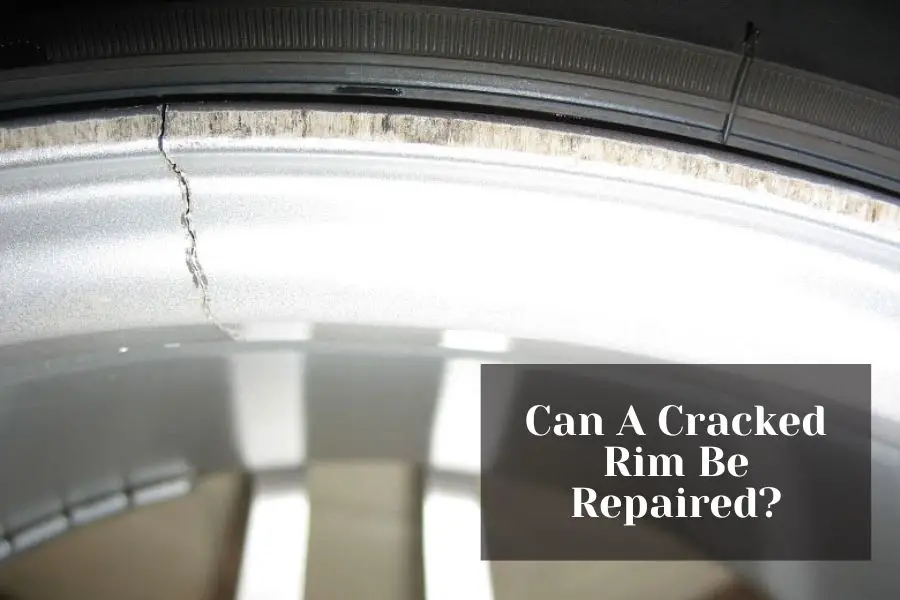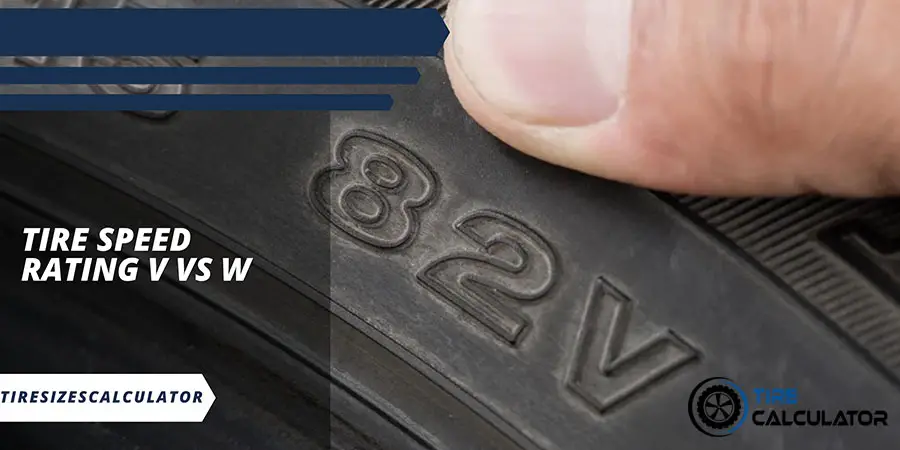Overinflated tires can be tiring to drive because they become stiff and brittle, creating a lot of vibration. So, squeezing all the excess air out of the car maintains a safer and more comfortable ride for the driver.
How to remove air from tires? In this post, we will show you the simple methods to help your car exhaust all the air in the tires and maintain the required air pressure in the tires.
How To Let Air Out Of An Overinflated Tire?
There are two ways to force air out of a tire: one is to deflate the air fully, and the second is to release air from the tire to the recommended air pressure.
Deflate Them Fully
Tools you need:
- Lift jack and jack stand
- Needle-nose pliers
Steps to do:
- Raise your vehicle:
To begin lifting your car, find its jacks, which are the strongest places in your undercarriage and are positioned on either side of your vehicle, behind the rear tire and ahead of the back tire.
Place the jack beneath these places and elevate the car until the holder can be inserted into all four corners.
You may gradually remove the jacks until the car is firmly in position and unattached from the rack.
- Locate the valve body: To enable the air to escape entirely, the valve body that contains the metal pin must be untightened. This body is often seen between the spokes that protrude from the inside rim of the wheel.
- Take off the valve body cover: Turn the lid counter-clockwise to reveal the metal pin and remove the valve stem.
- Remove the metal pin: By releasing all of the air at once, detaching the metal pin will collapse the tire faster. Using needle-nose pliers, grip the plug and crank it counter-clockwise to remove it.
- Reconnect the pin to the valve: After emptying all of the tire’s air, tighten the lock securely onto the valve to avoid losing it.
Note: When your tires are deflated and not supported by the air, they can cause irreversible damage to the tire and other mechanical parts, such as the discs or wheels.
Deflate Them To The Recommended Air Pressure
Tools You Need:
- Tire pressure gauge
- Screwdriver or thin, long blunt tool
- Inflator or air compressor
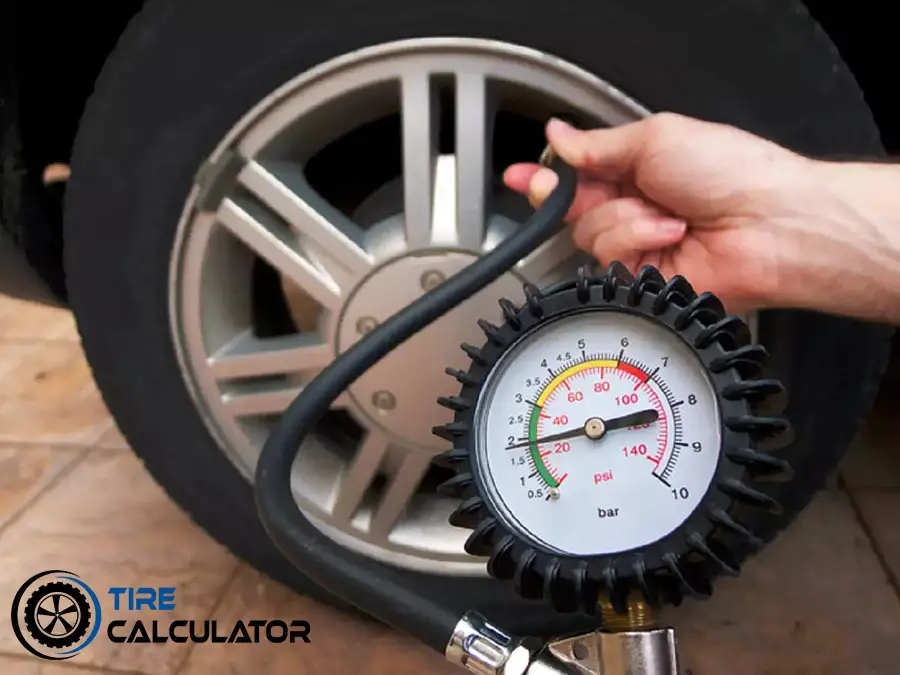
Steps To Do:
- Locate the valve body: The first step is to identify the valve stem, which is normally between the wheel’s spokes.
If the valve is near or at the bottom, you can execute the remainder of the procedures. So if feasible, drive the car forward or backward considerably to place the valve in the target place.
- Remove the valve cover to expose the metal clasp: Turn the cap counterclockwise to remove it. The metal valve may then be accessed, which contains a metal pin that will be utilized to adjust the air pressure.
- Examine the air pressure: Attach the intake to the metal valve with a tire pressure gauge. The result will be displayed in pounds per square inch or PSI.
Here, compare your findings to the suggested air pressure. On modern automobiles, this is frequently mentioned on a sticker on the driver’s door.
Otherwise, you can find the tire specs in the owner’s handbook for an accurate reading.
- Press the metal pin with a blunt tool: Use a long, blunt, and thin tool to get into difficult-to-reach valves quickly and avoid injuring the valve. You will feel a hissing sound when the air is drained from the tire.
You should not use too much pressure while pushing the pin, as this might cause the tool to slide and puncture or harm the vehicle tire or wheel.
- Take the tool off the metal pin: It will just take a few seconds to push the metal. Lift the tool away from the pin after that to avoid entirely deflating the tire.
- Recheck the air pressure: Reconnect the tire pressure sensor to determine your lost air.
You might have let out excessive air in the previous stage, but don’t panic; inflate using an inflator or air compressor until the necessary PSI is attained.
FAQs
Why Should I Know How To Deflate Tires?
You will be less concerned about tire care after you have mastered how to release the air out of the tires.
Tires must not be inflated beyond their maximum capacity because every tire has a proper pressure level, which should be maintained routinely.
Should I Let Air Out Of The Hot Air From Tire?
Allowing air to escape from heated tires is dangerous. When the tire pressure is too high and you relieve it, it may explode or burst into flames.
If you detect an overheated tire, you should pull over and stand in line for the tire to cool dow or park the car for at least two hours at a petrol station.
Conclusion
In conclusion, with just a few simplest methods in the post, you can easily learn how to deflate tire pressure without the help of tire manufacturers.
Hopefully, this post has served you well. Thank you, and see you next time

